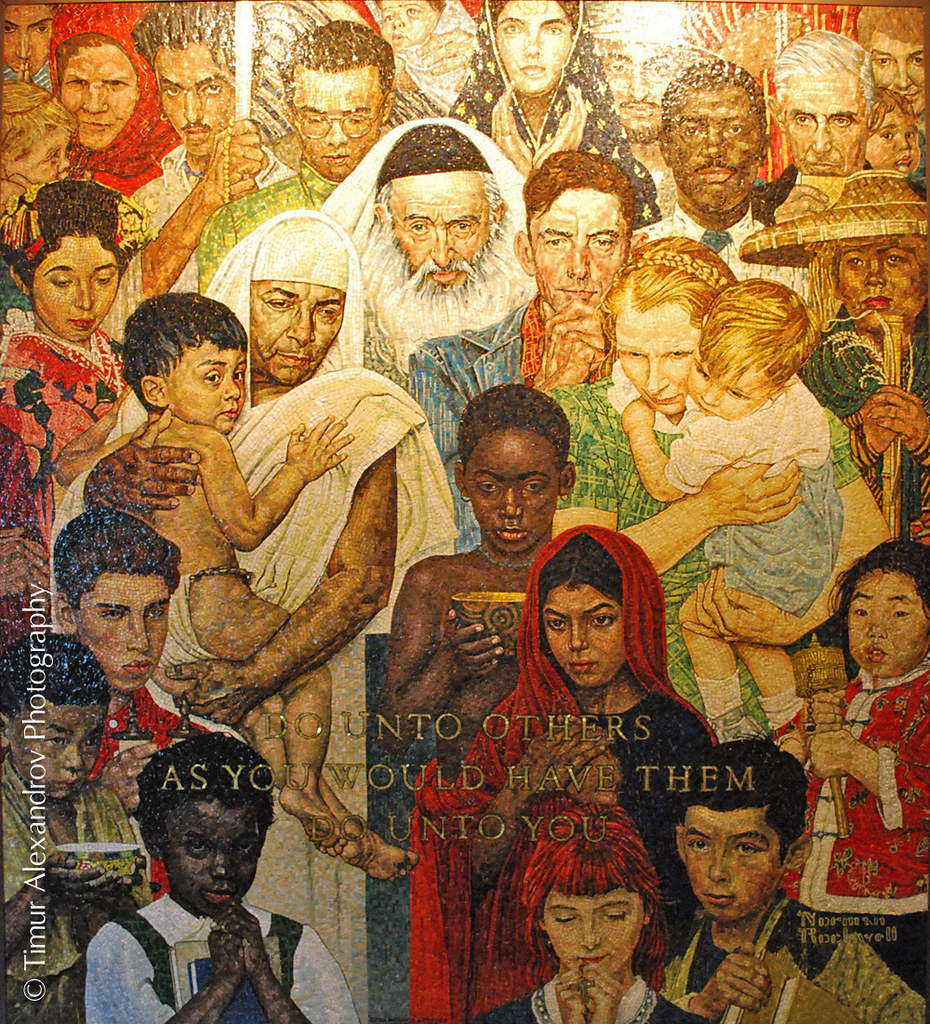As we sat drinking our coffee this morning and discussing the rapidly shifting political landscape that is America today, my wife and I – again – moaned for the stability of an earlier era.
No, NOT the #MAGA fantasy concept, but a real-time in history, when the leaders and the government and the citizens all demonstrated at least some respect for one another.
However, the more we talked and waxed nostalgic, the more a certain theme surfaced. Finally, as my wife was reading an article about Trump’s denials that HIS words caused the recent spate of violence, it dawned on me – our attitudes about Trump!
After our discussions, I rooted around in our library until I found a book of research and readings on American politics from my undergrad days.
The essay that I sought was by Arthur M. Schlesinger, Jr. (See Works Cited section below for the book and a quick bio.)
In this work, Schlesinger argues that great presidents and poor or average ones are separated by their ability to use the “Bully Pulpit” to influence the attitudes of the American public.
Coined by Teddy Roosevelt to express his view of the presidency, the term Bully Pulpit has come to mean a public office or position that affords one a “wonderful” [bully] platform from which to speak out on issues.
Presidents before and since T.R. have used their opportunities in office, with varying degrees of success, to lead and shape public opinion and attitudes on the issues of the day. Schlesinger maintained those who had more successful terms in office, were better at winning public opinion over to their agendas.
A Synopsis of Schlesinger’s Essay
To keep this post to a manageable length, I’m just providing a synopsis of Schlesinger’s work

Dr.Schlesinger maintained that a person who is a president in today’s America has the benefit of a bully pulpit,through the use of which he/she may change or encourage voters’ attitudes and opinions about national issues. The difference between great presidents and poor-to-average presidents was how effectively they handled this pulpit.
Schlesinger quoted Howard K. Smith, a renown political news commentator in the 1960s, then with CBS-TV, “…Every great president has been also a great teacher and explainer.” [1]
Like ‘great teachers,’ the ‘great presidents’ had clear agendas, plans of action, a good sense of timing, and were effective at “explaining” the issues in clear, understandable ways to the public.
The ‘greats’ also got along with the news media. The news media are a president’s means of conveying the facts and the explanations and the positions he/she has to the public – just like a blackboard is (or was) a teacher’s means of doing the same to students. The more effective the president is at using the press, the greater the opportunity he/she has to reach the voters.
Schlesinger noted of JFK:
“…as a student of history, he understood that public education did not take place in a vacuum. To move a nation, a President had first to have the nation’s ear; and there was no quicker way to dissipate presidential influence that to natter away [mindless chatter] when no one was listening. [1]
Also, the opportunities for interactions between the news media and the presidents via press conferences, speeches, and interviews also showcase another important variable to greatness – the presidents themselves. Their personality traits are on display – honesty, vivacity, their intellect in action, sense of humor, sincerity, empathy – all those personality characteristics (or quirks) that reassure or repulse voters.
The ‘poor to average presidents,’ on the other hand, wasted their presidential mandates or influence with lousy teaching, confusing agendas, bully tactics, a lack of clear policy vision, poor timing, ineffective media presence, and chattering about matters deemed unimportant by a majority of the voting public.
President Trump – Great, Average, Poor, or Dangerous?
But Trump is a total anomaly. He makes Schlesinger’s theory seem cock-eyed. Trump’s use of his pulpit as president is very effective. But his personal characteristics and his anti-media attitudes check all the boxes that indicate a poor one.
He uses his pulpit to spew lies, ignorance, and fear/hate mongering. He has no clear agenda. He fights with the media. He accuses them of spreading fake news, fomenting unrest, encouraging violence. The personality traits he displays via his actions are lying, ignorance, sensitivity to criticism, insincerity, misogyny, and a host of others.
His language IS simple. The public has no difficulty understanding his message. His media tirades do affect American attitudes – albeit in a polemic way.
In short, Donald Trump is unlike ANY previous president in U.S. history!
So what good is Schlesinger’s ‘bully pulpit’ theory?
It actually DOES provide a very effective analytical framework with which to evaluate Trump’s presidency. However, the results do NOT measure Trump’s effectiveness at using his public office to CHANGE and SHAPE public opinion toward his agenda. The results indicate a SPECIFIC public opinion that he’s using his agenda to DIRECT.
The Bully Pulpit or the Bully’s Pulpit?
You see, this tool doesn’t measure greatness – it measures danger.
Food for thought.
Mac
Works Cited
[1] Schlesinger. Arthur M., Jr. “The Bully Pulpit.” American Politics: Research and Readings. edited by Monsma, Stephen V. and Van Der Silk, Jack R. (1970). New York City, NY: Holt, Rinehart and Winston. pp. 170-177.
*Schlesinger (1917-2007) was a specialist in 20th Century American Politics – especially the FDR through Richard M Nixon years. He was a personal friend of John F. Kennedy, and after JFK’s death, Schlesinger wrote a Pulitzer Prize winning biography A Thousand Days: John F. Kennedy in the White House. He also wrote a biography of Nixon; the title of which – Imperial Presidency – embedded itself as a term in our political lexicon.



Leave a comment